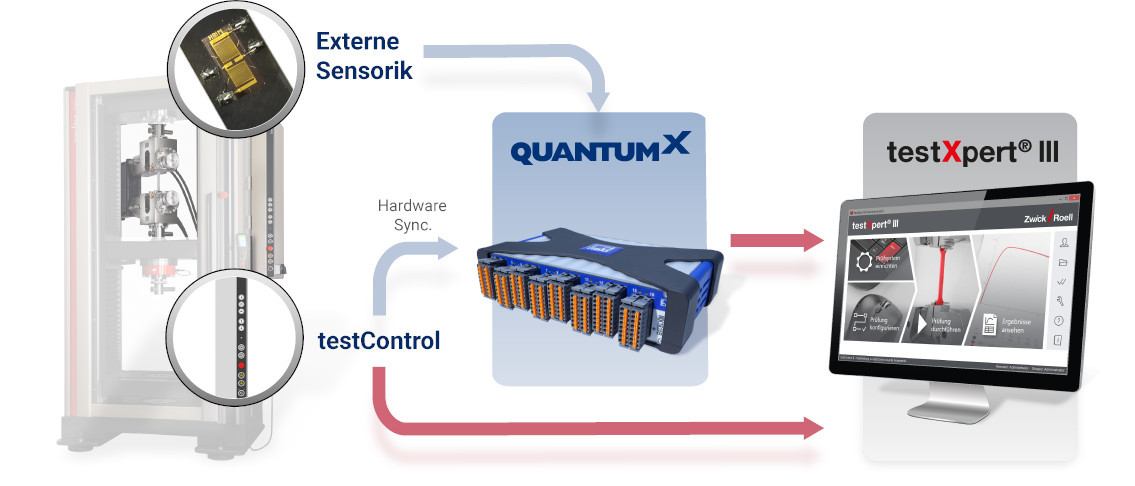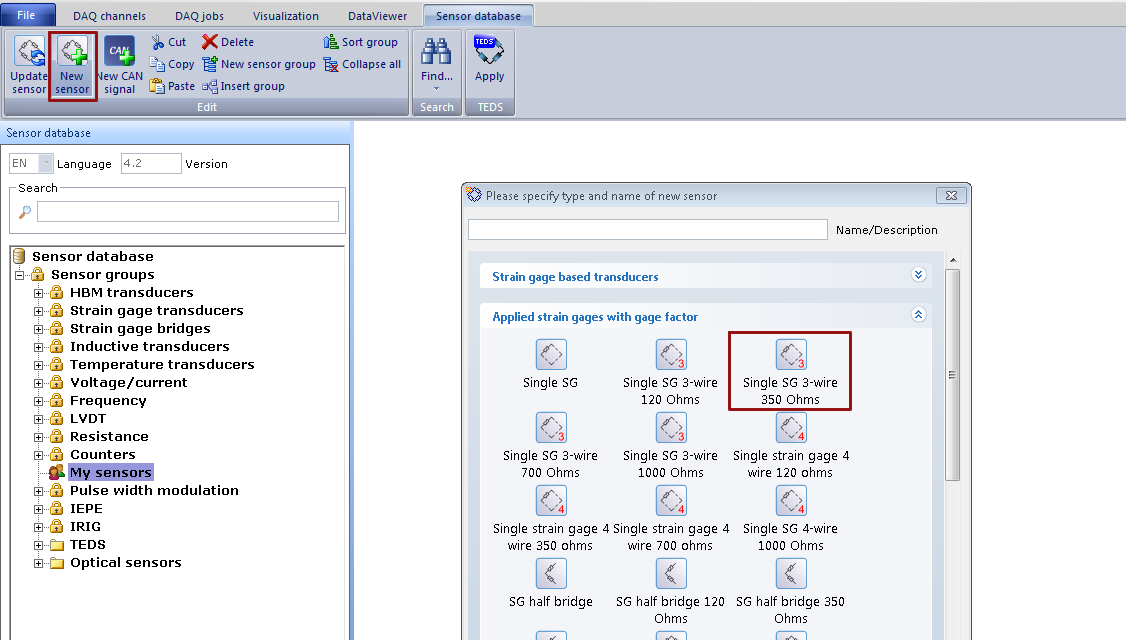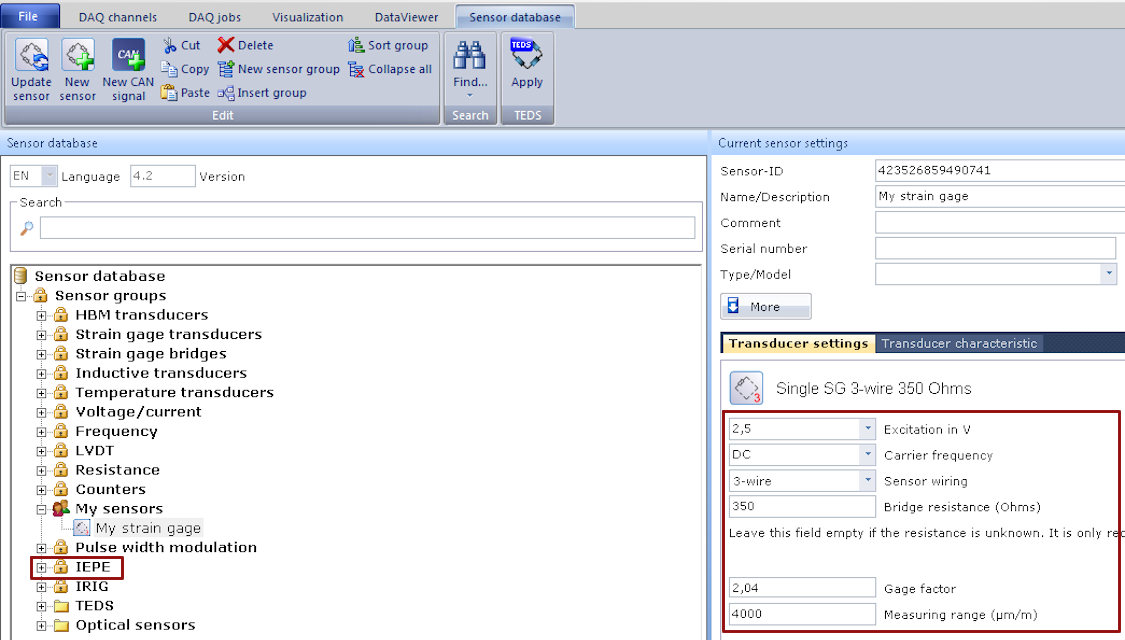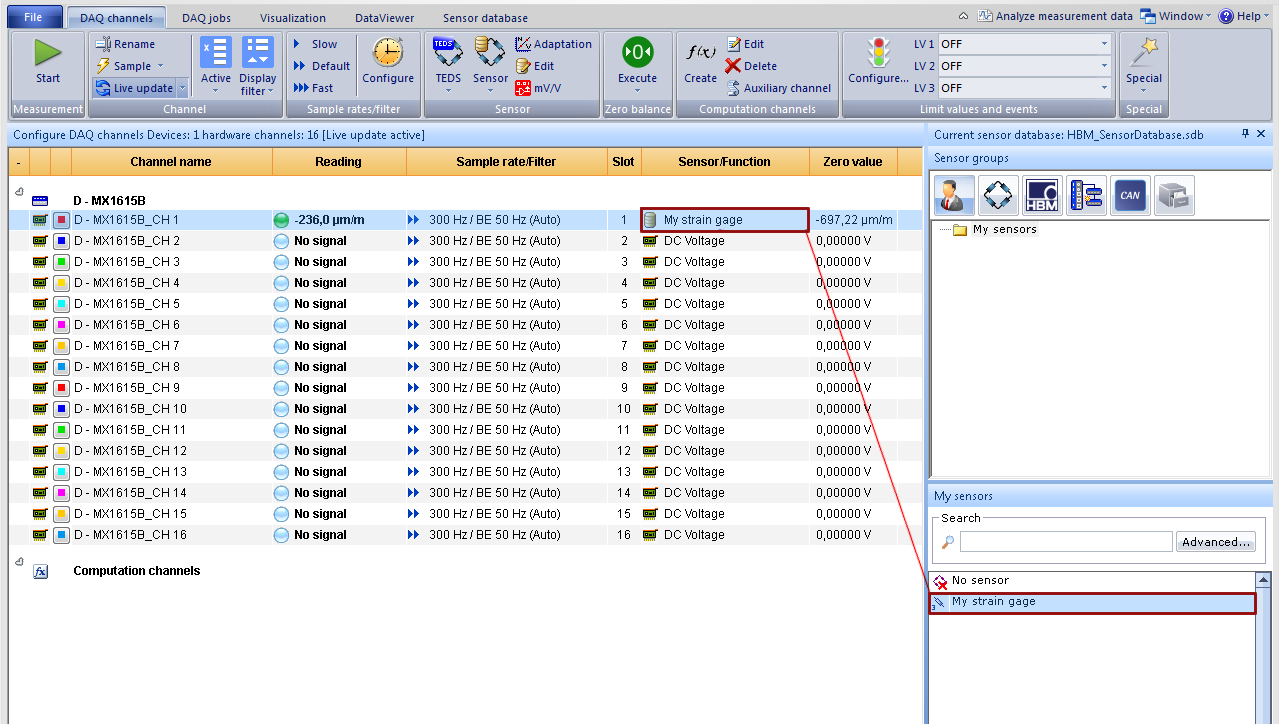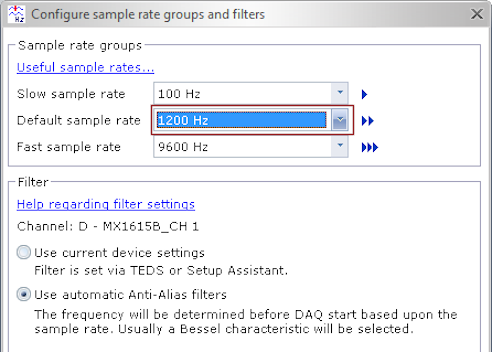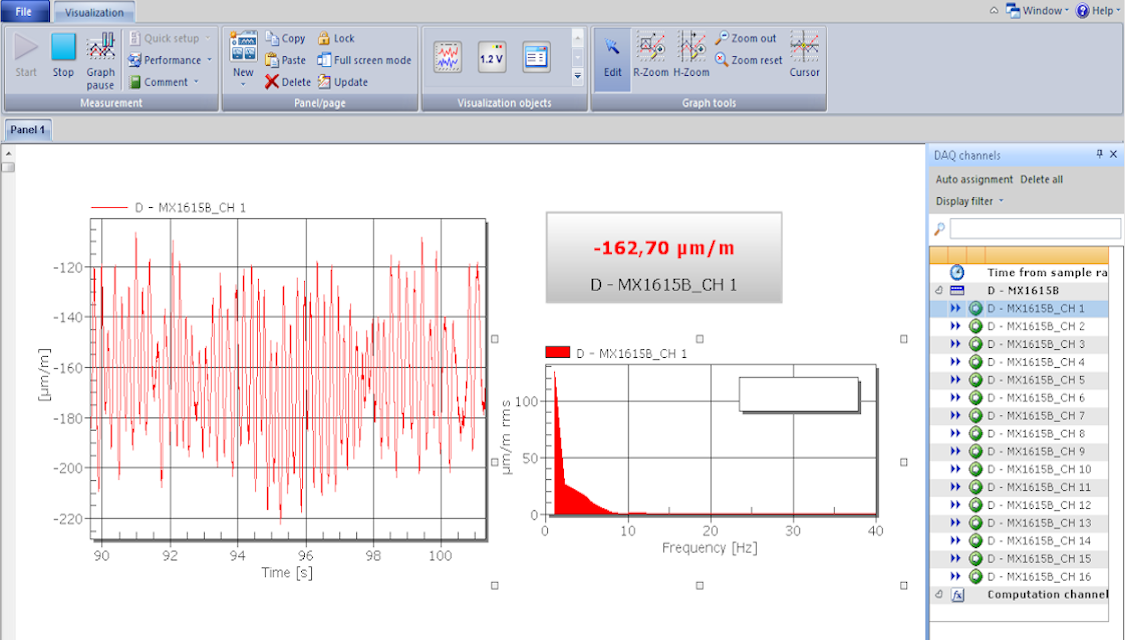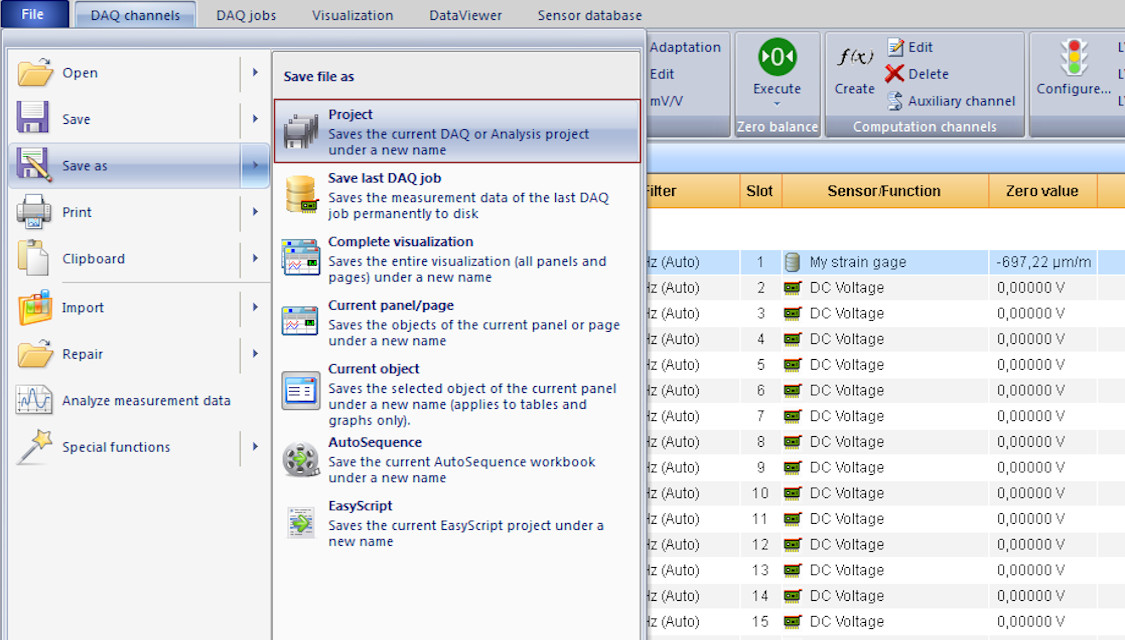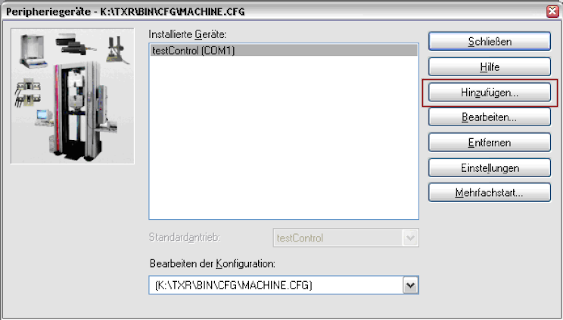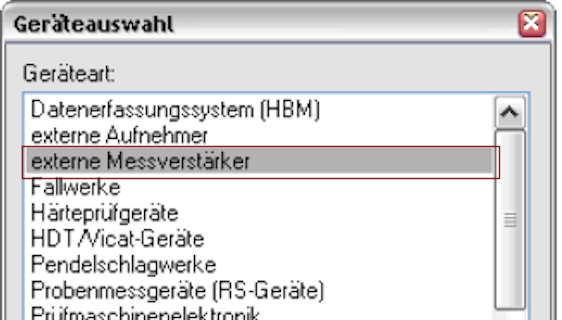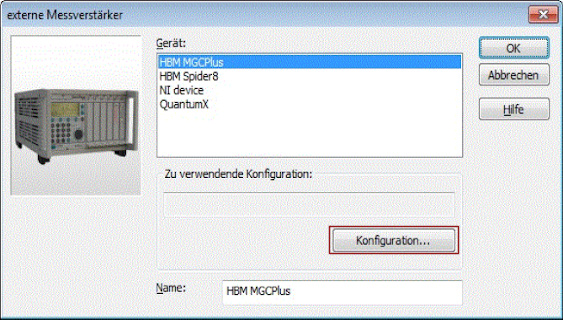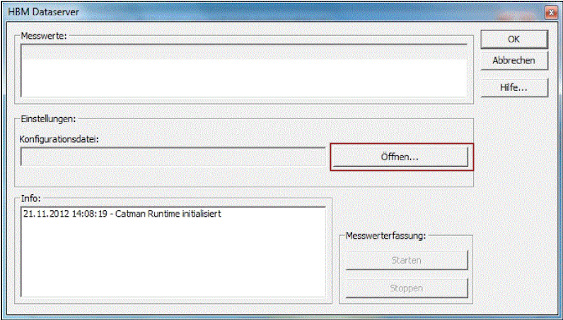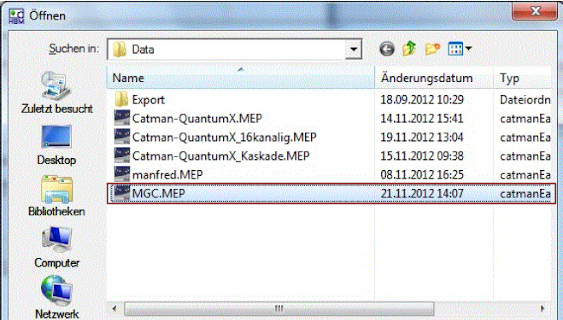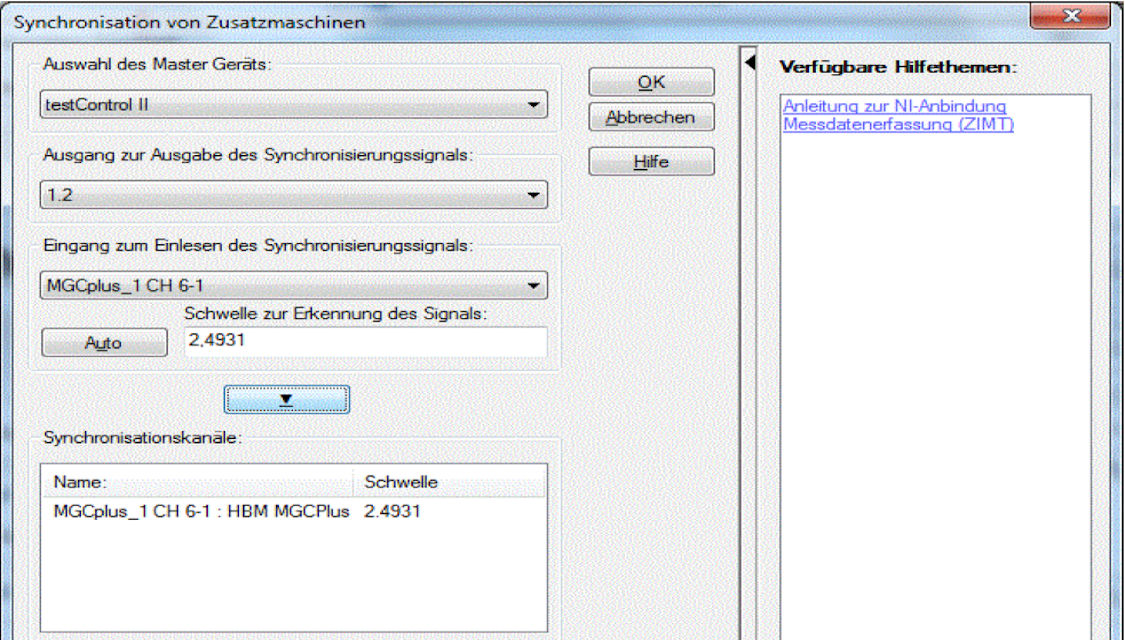Any QuantumX module can be integrated into a ZwickRoell tensile/compression testing machine. In the following example, the QuantumX MX1615B strain gauge amplifier is used to determine the strains of a material or coupon under load.
HBM strain gauges are attached on to the sample and connected to the bridge amplifier. In addition, other transducers or active sensors, such as RTD-resistant, temperature measurement transducers such as Pt100/Pt500/Pt1000, can be connected to gain further insights. The fully time-synchronized measurement data directly streams into ZwickRoell’s testXpert® III software.
Incidentally, the integration of the QuantumX family enables the test setup not only to acquire strain, but also force, torque, displacement, temperature, flow, pressure and many more physical quantities.
